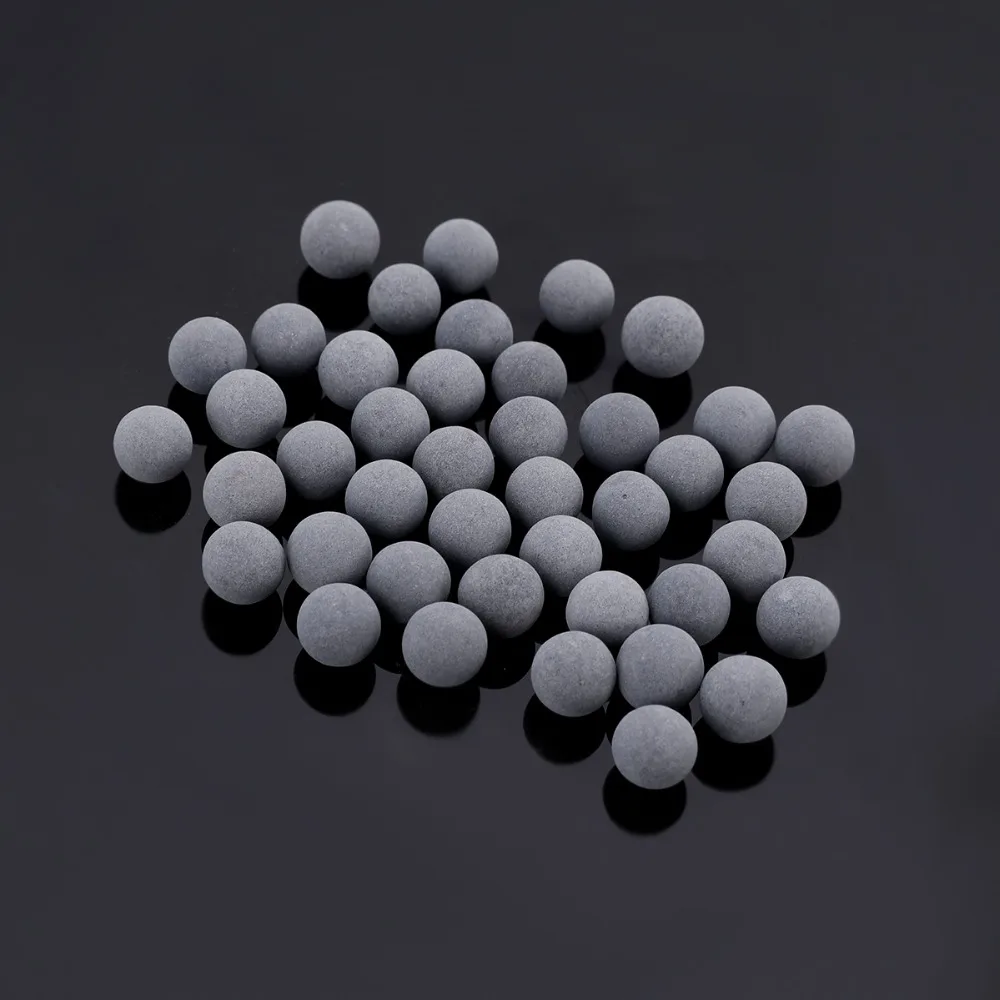

The strict answer is ‘no’, if you want it to be zero at every frequency. We need to go a little off-piste here.ģ – Can we eliminate (or more than eliminate) such delay? If you look up or calculate the behavior of the ‘standard’ flavours of lowpass filter response – by and large, the ones named after dead mathematicians – you’ll find that their group delay is stubbornly positive, right down to zero frequency. Because, you guessed it – it’s not as easy as that. If you’ve read my columns before, you’ll probably recognize the ‘jeopardy setup’ in that sentence. It’s tempting to ask, then, why we don’t just design a filter that doesn’t have any group delay, if we want to avoid this lag. Phase difference measured in cycles, divided by the difference in regular frequency measured in Hertz, (the same as cycles per second), also gives you an answer in seconds.
Negative filter full#
Or you could use ‘cycles’ – a cycle is one full rotation, or 360 degrees. Use sensible units for this if you measure the phase in radians and express the frequency in its angular form of radians per second, then (radians) divided by (radians per second) gives you a handy answer in seconds. This ‘lag’, between the input signal to the filter (or any other linear signal processing block) and the resulting output, is closely linked to the group delay, which is equal to (minus) the derivative of the phase response with frequency. We’ll see this clearly on a test signal in a moment when we look at some examples.Ģ – How do we quantify this form of delay? The most obvious consequence of conventional filtering, when we view the response graphically, is that there’s clearly a time delay between variations in the input signal and corresponding variations in the filtered output. The filtering process can lend our observation a rather ‘heavy touch’, though it’s definitely a case of the observer affecting the observation. We often lowpass-filter signals and data sequences to get rid of ‘noise’ – high-frequency variations that we’ve decided have no meaning and are getting in the way of observing a more important underlying feature. Propagation delay is fine for such signals, but not meaningful when we consider analog signals that don’t really have defining features associated with particular points in time. The digital-minded reader’s first thought might be of a stream of ‘1’s and ‘0’s, expressed physically as detectably different voltage or current levels. It’s simply the time elapsed between some change of state at the input to the corresponding state change at the output of that block. You’ll be very familiar with the concept of the propagation delay of a digital block. Information can be impressed on a signal in many ways, and it always takes a finite amount of time to pass through a processing system. 【Download】The QA exchange deck in Solido Crosscheck enables an IP qualification handshake


 0 kommentar(er)
0 kommentar(er)
